U.S. Energy Information Administration Projections Far From Accurate
EIA projections missed unprecedented growth in solar PV installations and a sharp downturn in coal production over the last decade.
For a more detailed analysis of inaccuracy in the EIA’s projections, see CEA’s white paper on the topic here.
Policymakers, utility commissions, investors, and energy companies rely on the U.S. Energy Information Administration’s (EIA’s) data for a wide range of energy analyses and while the historical data provided by the EIA has been extremely useful in many arenas, the EIA’s projections of future trends are often far from accurate. Our research summarizes a few examples of previously reported inaccuracies in EIA projections (for example, here, here, and here), but also provides what we believe to be the first look at the EIA’s inaccurate projections of U.S. coal production in almost a decade.
The projections published in the EIA’s Annual Energy Outlook (AEO) have invariably overestimated the cost of renewable electricity generation and fallen sadly short of predicting new additions of wind and solar capacity. For example, Figure 1 shows that the projections published in the EIA’s Annual Energy Outlook repeatedly underestimated U.S. utility-scale solar photovoltaic (PV) capacity from 2011 to 2015 and continue to predict that solar installations will largely stall through about 2025.
In reality, however, solar PV capacity is growing at an unprecedented rate. The Solar Energy Industries Association reported that by the third quarter of 2016, the cumulative U.S. utility-scale solar PV capacity (including capacity which was under contract but not yet operating) exceeded the AEO2015 projection for capacity in 2039. Accounting for planned capacity which had been announced but was not yet under contract by Q3 2016 indicates that utility-scale solar PV capacity will soon far surpass all AEO projections for 2040.
EIA reference case projections of U.S. utility-scale solar PV capacity and historical data (black, bold) as well as points which include planned capacity under contract in Q3 of 2016 and announced but pre-contract installations as of Q3 2016. Projection data taken from the EIA’s Annual Energy Outlook, historical data taken from Solar Energy Industries Association’s U.S. Solar Market Insight Reports.
In addition to missing the sharp rise in solar photovoltaic installations, EIA projections also missed a dramatic downturn in coal production over the last decade. They failed to pick up on the trend year after year and still predict flat or rising coal production through 2040, as shown in Figure 2.
History (black, bold) and annual EIA projections of U.S. coal production from 2006-2015. Note that the vertical axis starts at 950 million short tons for clarity. Data taken from: the EIA’s Annual Energy Outlook.
Disruptive innovations tend to precipitate new market trends that are notoriously difficult to predict. Just as the invention of the personal computer led to an abrupt decline in the typewriter industry in the late 1900’s, a massive transition toward renewable resources is transforming U.S. energy markets and so far EIA projections have failed to keep up with this transition. Every year, EIA forecasts predict a return to the trends of the 90’s, but the technological and political landscapes surrounding the U.S. energy industry are changing rapidly and historical precedent suggests that energy markets may never return to those of past decades.
For more details, readers are encouraged to download the full CEA White Paper here.


